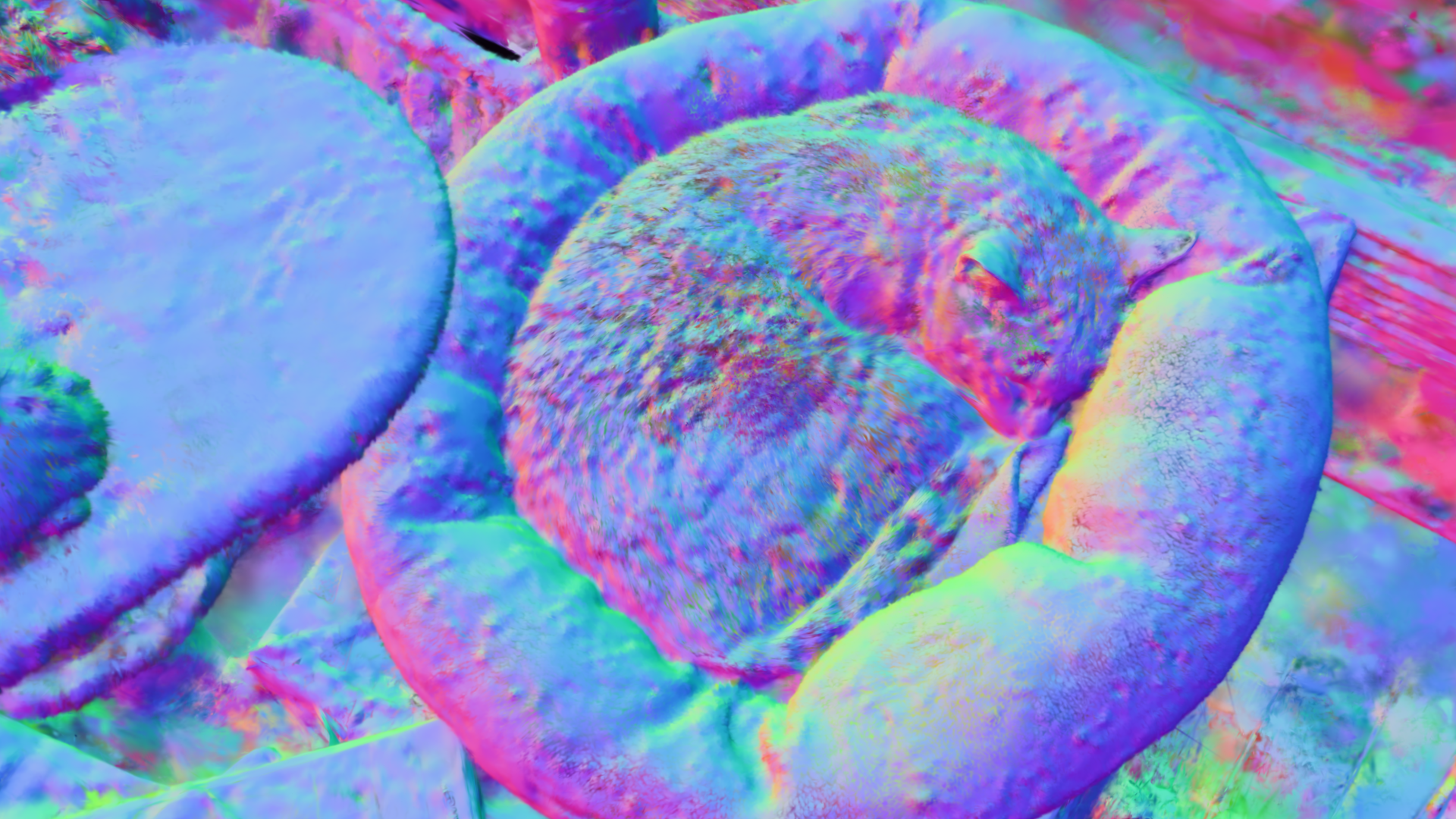Get the latest tech news
Image Editing with Gaussian Splatting
A new collaboration between researchers in Poland and the UK proposes the prospect of using Gaussian Splatting to edit images, by temporarily interpreting a selected part of the image into 3D space, allowing the user to modify and manipulate the 3D representation of the image, and then applying the transformation. Since the Gaussian Splat element […]
The idea of using GSplat in a 2D space has been most prominently presented, the authors note, in the 2024 Chinese academic collaboration GaussianImage, which offered a 2D version of Gaussian Splatting, enabling inference frame rates of 1000fps. The researchers found that though the Amorphous approach might handle complex shapes better than Graphite, ‘tears' or rift artefacts were more evident, where the edge of the deformation aligns with the unaffected portion of the image*. * There is some confusion in the paper, in that it cites ‘Amorphous-Mirage' as the most effective and capable method, in spite of its tendency to produce unwanted Gaussians (artifacts), while arguing that ‘Graphite-Mirage' is more flexible.
Or read this on Hacker News